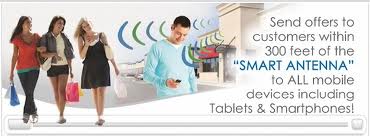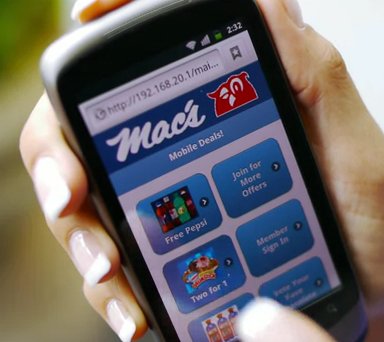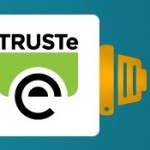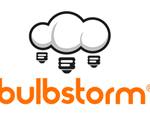Article first written for, and published as Proximity-Based Mobile Advertising – Interview with iSign CEO, Alex Romanov on Technorati.

With its solution already deployed at 1,400 global locations, iSign identifies 900k phones a day. The way it works is something like this. I walk into a Walgreens and am prompted to access the ad Wi-Fi signal. When I do, I’m given relevant content and advertising the store is providing me. Alex explains, “We don’t call it location-based because that suggests something to do with GPS. We call it proximity.”
Citing a prediction given by industry analyst Mary Meeker at last year’s Web 2.0 Summit, Alex tells me, “The greatest technology will be the kind that shifts traditional advertising to mobile.” To do this well, Alex believes that mobile technology needs to deliver on two things: Engaging an actionable audience, and delivering measurement of that action. “There’s lots of money invested in digital signage,” he explains, “but marketers are estimating their returns from it on a proposed figure. There’s no true, consistent, accurate measurement of who’s seeing these ads and how effective they really are.”

Price point is one of the company’s leading benefits, as well. Marketers pay only a monthly per unit fee, entirely independent of lead volume or activity. For $90 a month a single unit can be used to broadcast to phones within a 300-foot range. And because the system is WiFi based, it’s independent of any telecom carrier fees or limitations.
Cheap in price doesn’t mean cheap in performance. Quite the opposite, in fact. In a case study, 150 of the company’s Wi-Fi units were installed at nine stores of a popular consumer electronics retailer in Singapore. In a single month the stores were identifying over a million and a half phones with a user content download rate of 23 percent. In the end, the campaign attributed to a six percent increase in sales.
So what else can we expect from iSign? Well the nearest thing is that the company’s stock will begin trading in the United States later this month. From a technology standpoint, the next generation of development is around cellular connectivity for purposes of enabling the solution in vehicles. Taxi cabs, for example, would be able to generate ads to passengers, and content would be streamed to vehicles without the need for manual uploading.
Alex told me his next milestone is a goal to have 1.5 million phones identified by his system in a single day. With all the buzz his brand’s made at this year’s conference, he may very well be on track to achieve it.
You can download iSign’s “Case for Proximity Marketing” whitepaper here.




One Comment
Comments are closed.